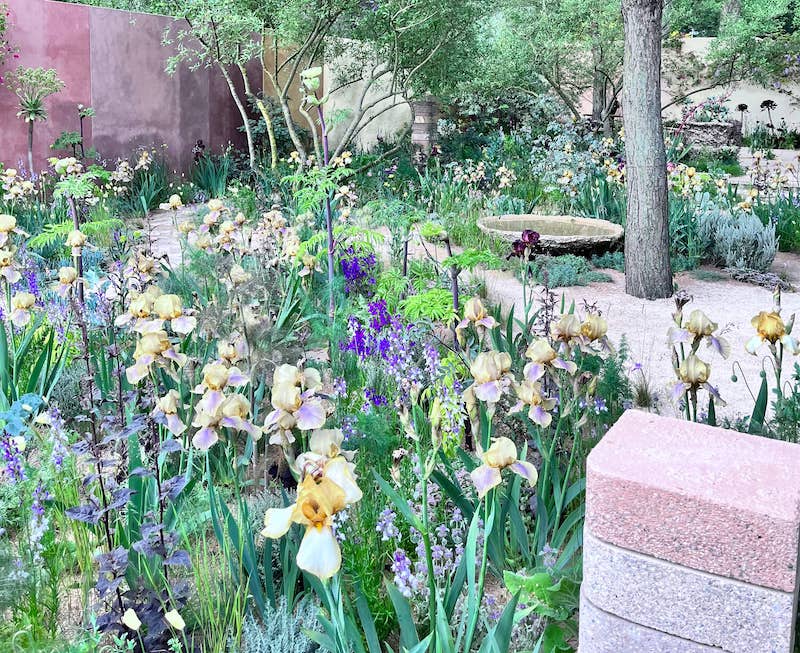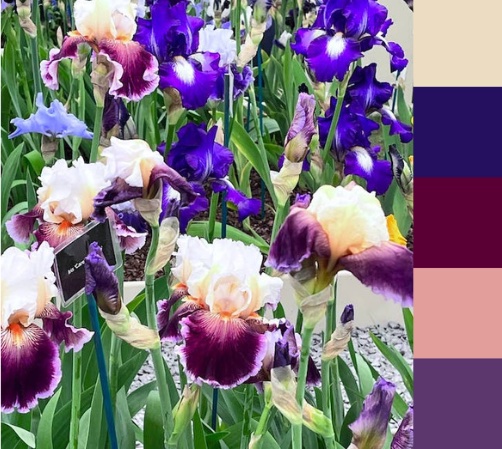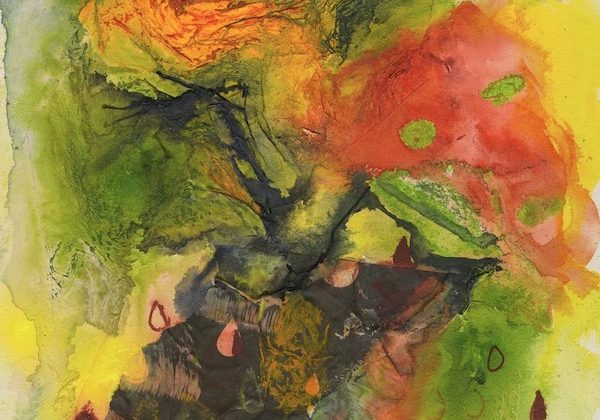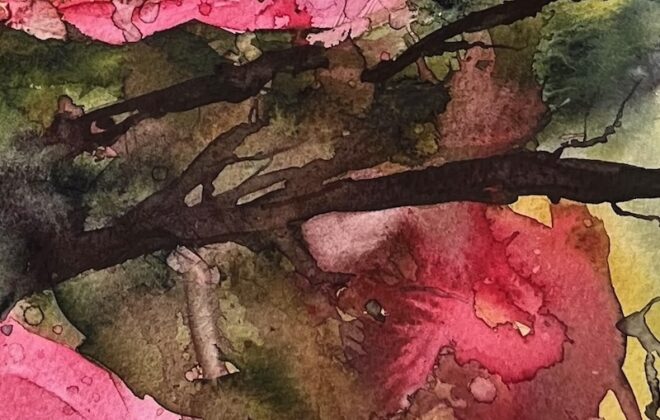Lessons from the Chelsea Flower Show
Yesterday, I expected to learn gardening lessons from the Chelsea Flower Show as I embarked on a captivating journey through its flowers and trees. Gardening is one of my passions. Some days I’m torn: turn left to the new greenhouse, or right to my deliciously paint-filled studio.
I was ready to soak up loads of green-finger know-how at Chelsea. My head was bursting with questions. How to propagate? What sort of feed to give? When to transplant? What I didn’t expect was a newfound perspective on gardening as sublime artistry.
When you think about it, all of those questions I wanted to ask about enhancing our garden could be almost the same as the decisions I make when I paint:
- What paper should I use?
- What sort of atmosphere would I like to evoke?
- What colours will work for this?
- What size brushes do I need?
- Where is the centre of interesting in this painting.
There are so many aspects to consider when designing a garden. Creators of the Chelsea gardens need to be thinking about all of them to make a space that delivers precisely the immersive experience they’re aiming for.
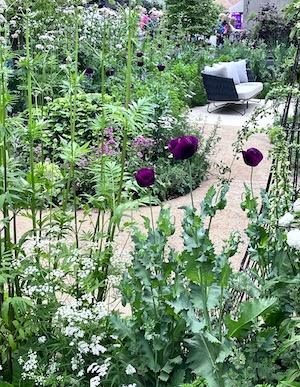 Here’s what I noticed at Chelsea:
Here’s what I noticed at Chelsea:
- The most successful gardens had a theme that ran through all aspects of the design
- The trend in colour was to combine warm and cool colours in the flower combinations
- Most striking were the flowers (often irises) with multicoloured petals that had a watercolour likeness
- Small details made a huge difference
- There were definite trends in colour palettes – purple and yellow is this year’s most popular colour combination. Deep pinks were a close second.
- Repurposed items were made into features of the gardens.
The painting lessons from Chelsea Flower Show
- Play with your palette: Don’t be afraid to experiment with bold and lively shades to bring life to your artwork.
- Consider composition: Experiment with different angles, shape sizes, focal points, and balance to lead the viewer’s eye.
- Embrace different media: The Chelsea Flower Show showcases a variety of gardening techniques, and the same applies to painting. Explore different techniques and styles. Don’t be afraid to get messy and try new things.
- Seek inspiration in new experiences: Spend time outdoors. Explore new places. Observe the play of light, the interplay of colours, and the textures. Bring some of these details into your studio work.
- Practice patience: Just like creating a glorious garden, painting takes time and patience. Don’t rush the process. Embrace the journey and enjoy every stage.
Finally remember – Even the ordinary can be extraordinary. Things we see every day in our gardens or when taking a walk can be spectacular when we pay attention to them.
PS: If you love painting flowers, you may want to consider joining Aine Divine’s workshop on painting flowers in mixed media.
(Credit: The photo is mine but the garden in the header of this post is by Sarah Price
Share this:
Recent Posts
Archives
- July 2025
- October 2024
- May 2024
- March 2024
- January 2024
- October 2023
- May 2023
- January 2023
- December 2022
- November 2022
- October 2022
- September 2022
- September 2021
- July 2021
- June 2021
- May 2021
- April 2021
- March 2021
- February 2021
- January 2021
- December 2020
- November 2020
- October 2020
- September 2020
- August 2020
- July 2020
- June 2020
- April 2020
- March 2020
- December 2019
- November 2019
- October 2019

